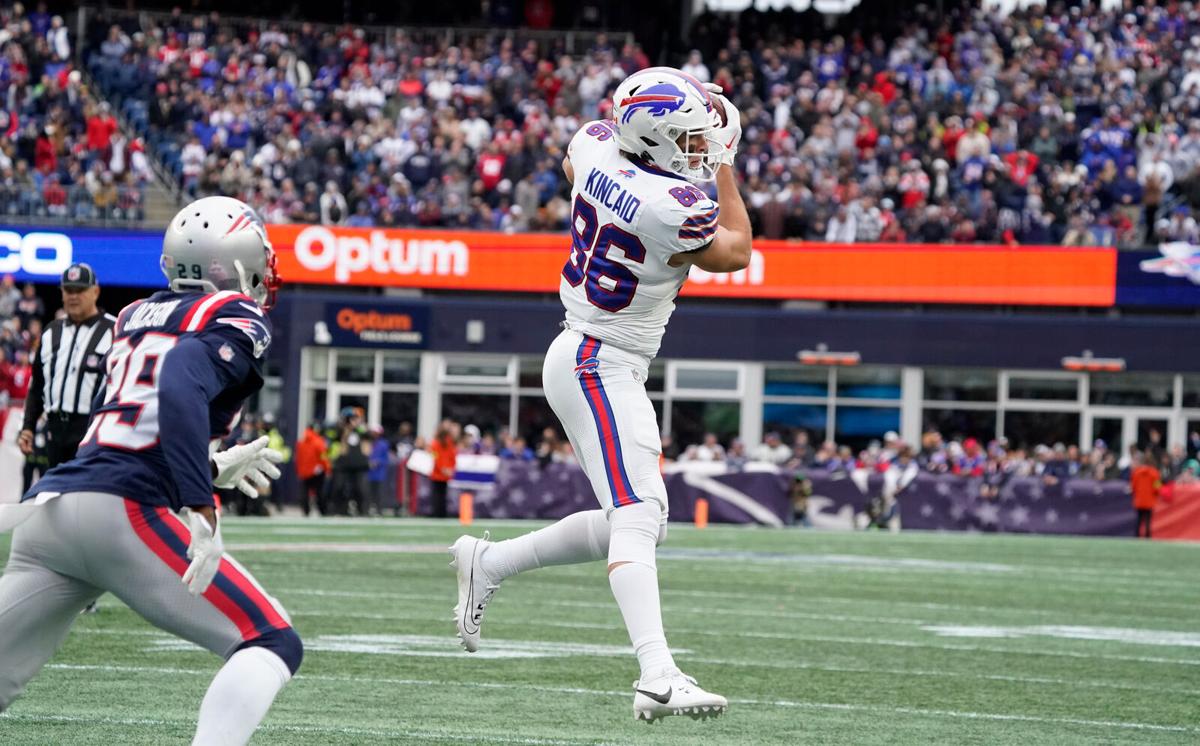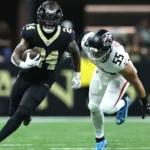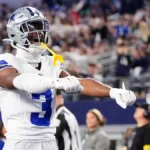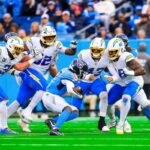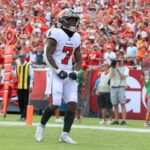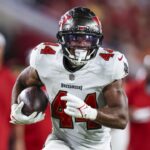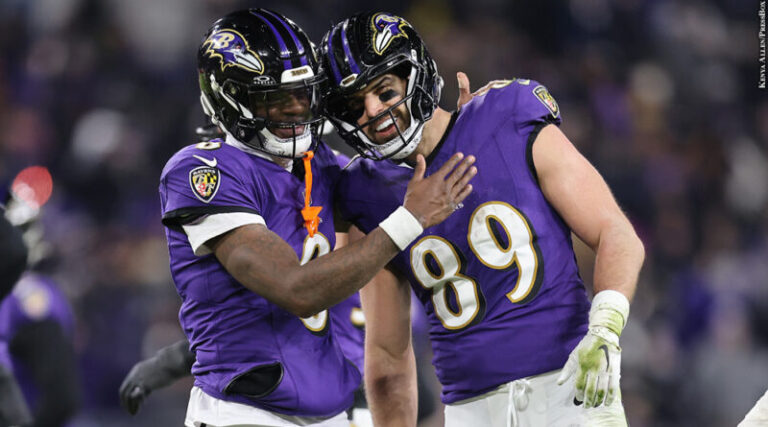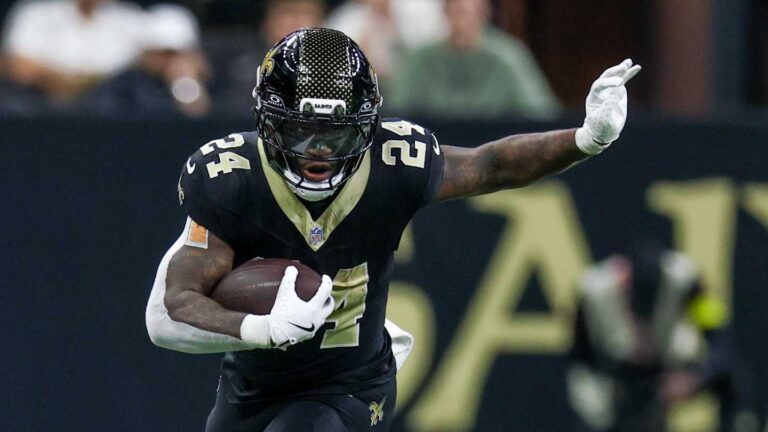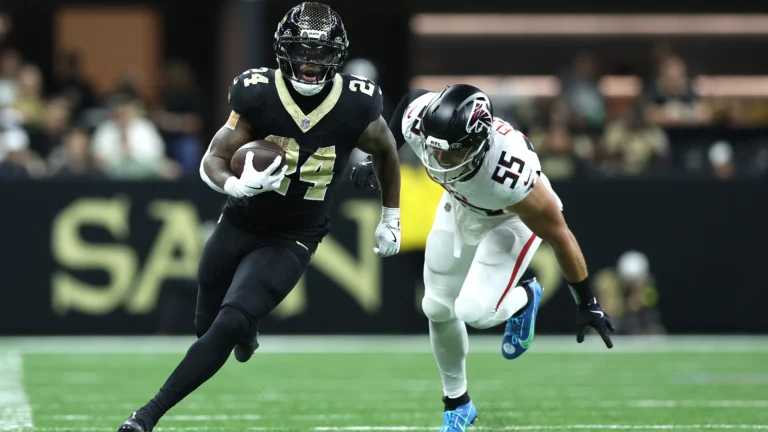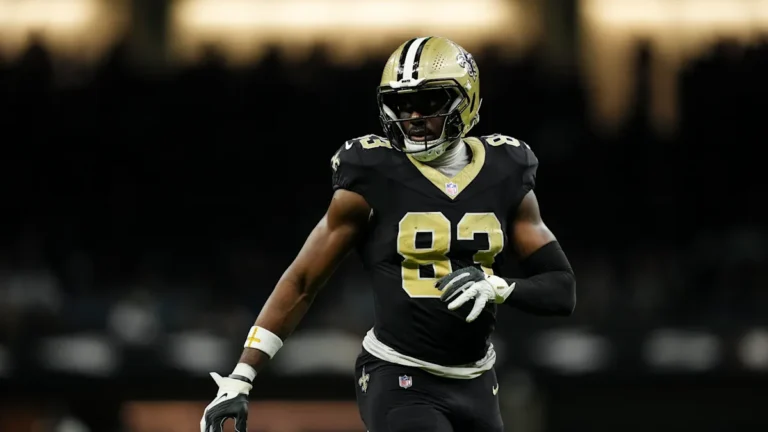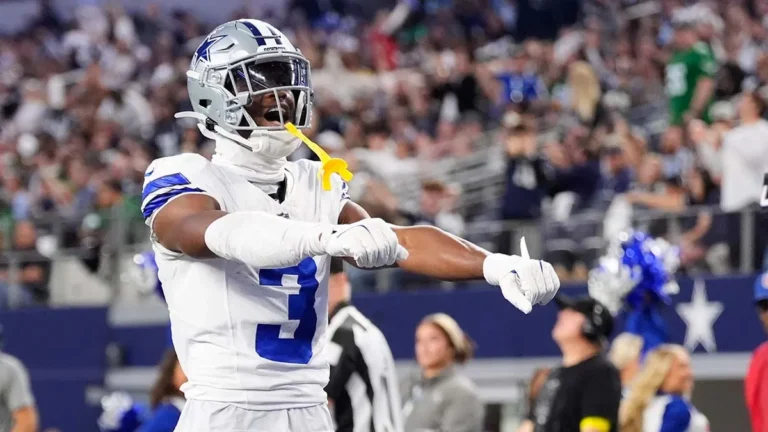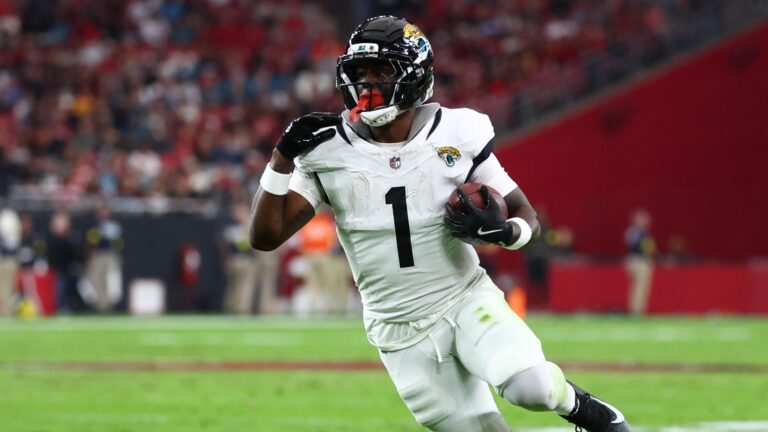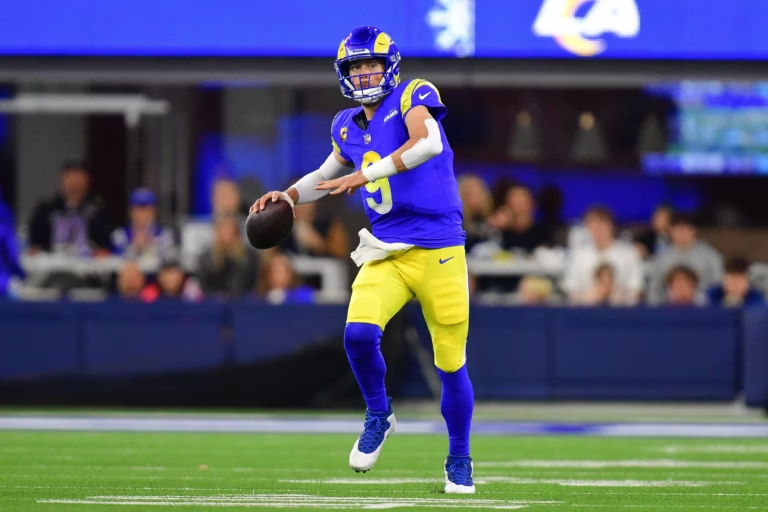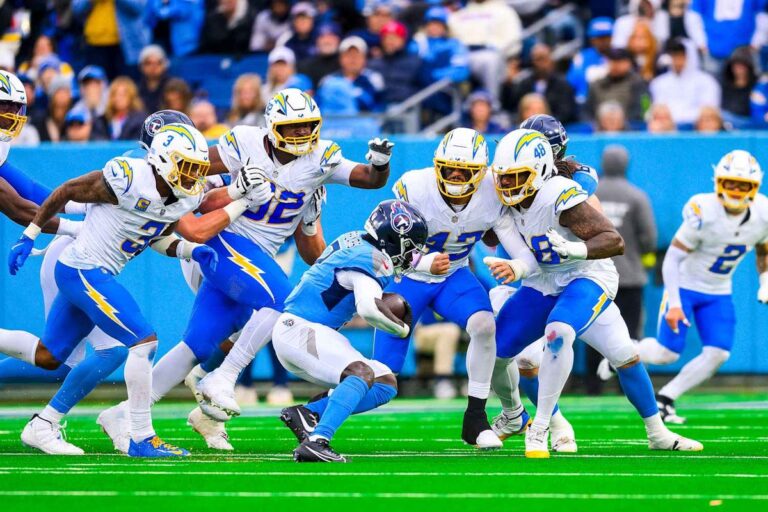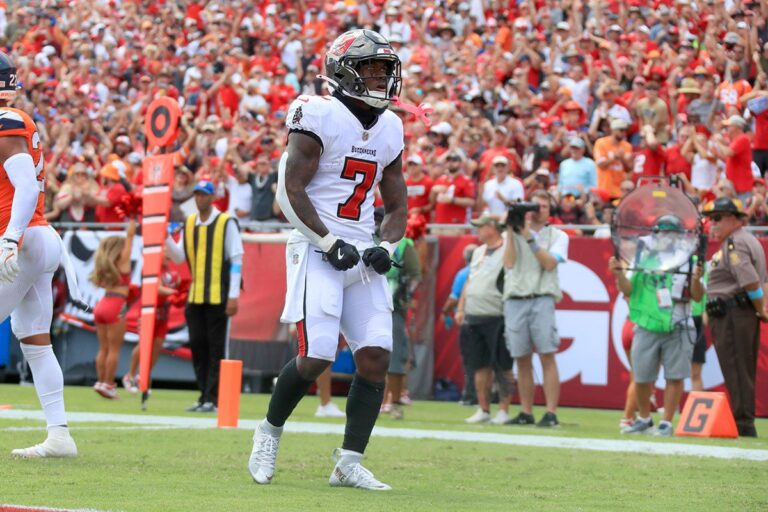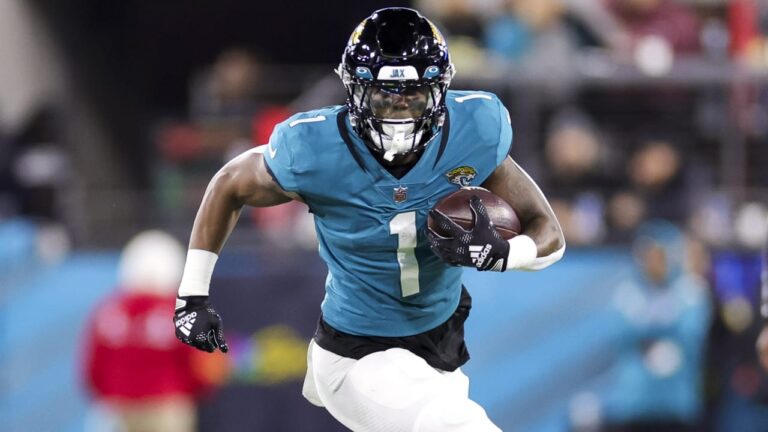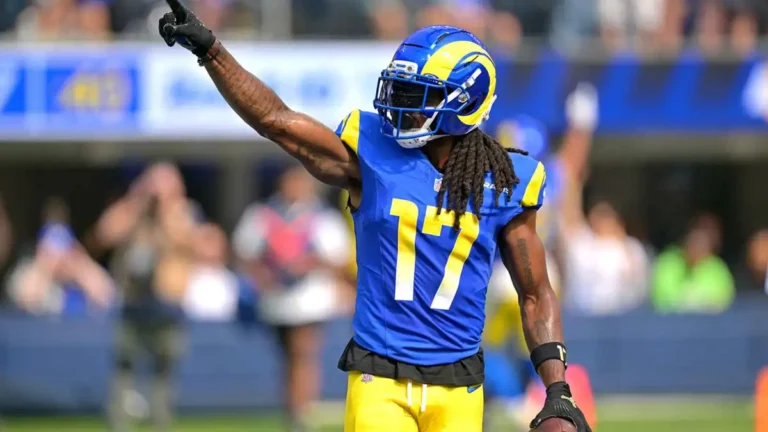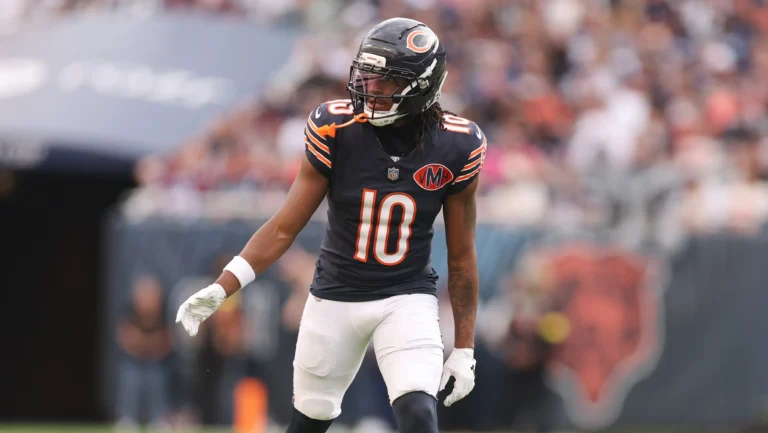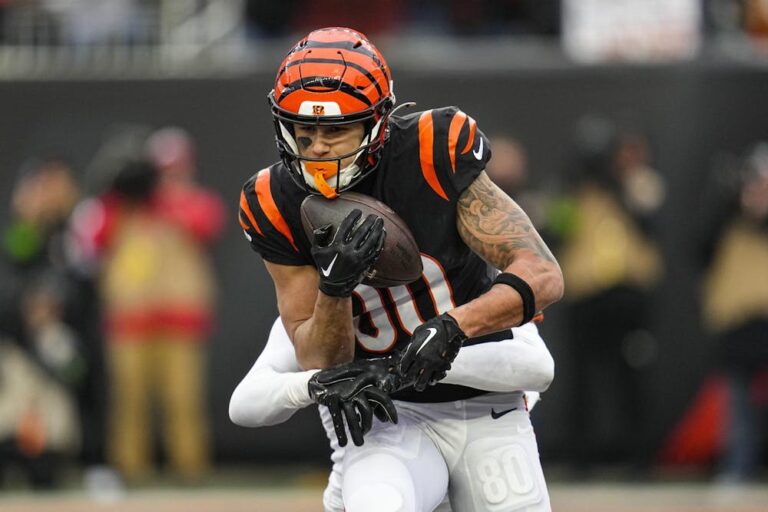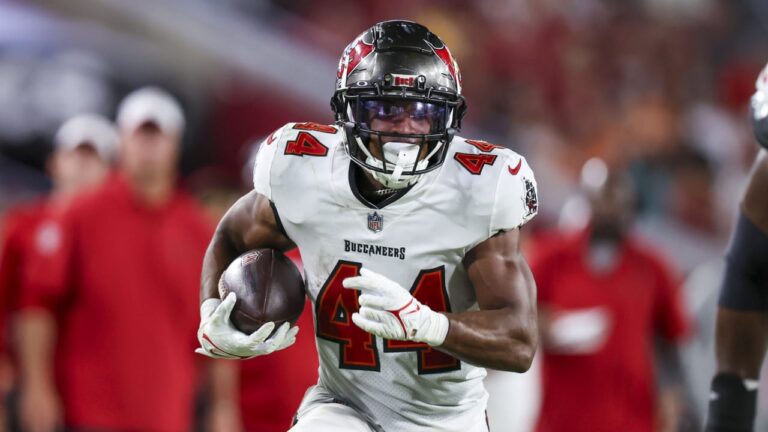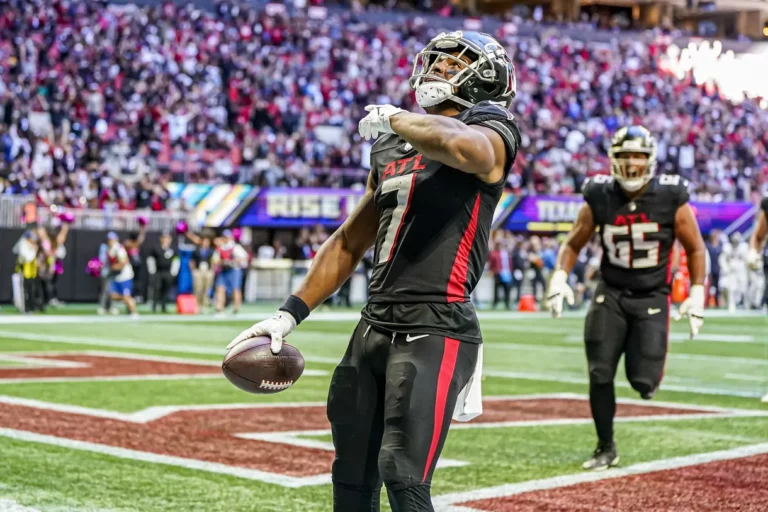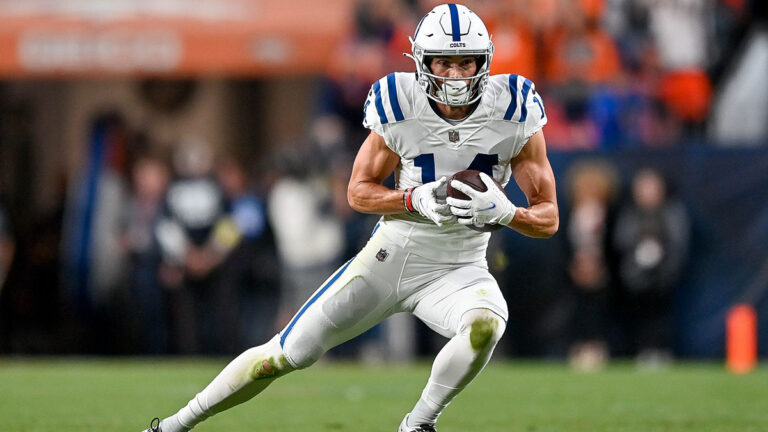Fantasy Football Championships are won with trades.
Here, I continue a series previously captained by RSJ’s MOH in 2023 and 2024, and Jackson Barrett before him. In my version, I’ll be basing these trade value charts off the top-150 Rest Of Season Rankings of RSJ’s Wolf Of Roto Street, who finished 2nd of 172 experts in FantasyPros’ Multi-Year Draft Rankings.
These charts adjust values for positional need to assign values based on a 1QB, 12-team, full PPR league, where generally quarterbacks are harder to trade for/away due to lack of positional need, unlike Superflex leagues.Each week throughout the season, these values will be altered to reflect the player’s value for the rest of the season.Be sure to tune back each week throughout the season. We’ll be adjusting the chart, discussing risers & fallers, and pinpointing trade targets and other TEs of interest, and providing a refresher on optimal trade strategy.
The trade value chart for each position is linked below.
Fantasy Football Week 5 Trade Value Chart: Tight Ends
Tight End Riser
Dalton Kincaid is currently the TE3. His history and role are keeping him as Wolf’s TE9, only up one spot from last week. But no TE is putting up elite fantasy production right now. Kincaid has three TDs on the year with only 4.5 targets-per-game, an unsustainable pace in theory, but if he’s going to continue having a nose for the end zone, he’s going to remain one of the better-producing tight ends at a currently weaker-producing position. Such a scenario most likely makes him a sell-high until TD production lessens.
Tight End Faller
Harold Fannin now finds himself next to teammate David Njoku outside the top-12 TEs in our rankings. They’re alternating who sees more targets, on a bad offense. Until something pretty drastic changes with Cleveland’s offense as a whole, neither one will be wise to start in fantasy,
Other Tight Ends Of Interest
Dallas Goedert continues to be a very relevant part of the Eagles offense, and while he was the biggest riser in our top-150 (TE17 to TE13), he hasn’t cracked the top-12 TEs yet. After nabbing 4-of-4 targets for 37 yards and two TDs, he’s now TE10 in spite of missing week 2, and is legitimately knocking on the door re-entering the top 12.
Trade Strategy Reminders
Aim To Fill Holes On Your Roster, And Your Trade Partner’s
In general, trade offers that clearly help both teams’ overall value, not just your own, will make a trade partner more cooperative, but being mindful of depth concerns with all teams involved with a trade will only increase the chance of that cooperation. Be mindful not just of weak positional depth, but a surplus of positional depth, with all your league’s rosters. You might have a shortlist of players you’d love to be able to trade for, but if what you have to offer isn’t what your trade partner needs, your offers will likely fall on deaf ears. Say you’re weak at RB, and have a surplus at WR. Teams that are strong at RB, but weak at WR, are naturally more eager to haggle.
Never Mention The Words “But The Trade Calculator Says”
Charts and calculators are a reference that can help find ideal trades, but they’re not gospel, and trying to make your potential trade partner think otherwise could shut the door on negotiations real quick. Even if your charts/calculators show the trade offer to be in your league mate’s favor, they probably have tools and references of their own, and the next time “But the trade calculator says” changes someone’s mind, may be the first time.
Be Careful How Low-Ball Your Offers Are
Speaking of bad faith, a trade offer that is too clearly in your favor puts you in danger of potential trade partners shutting you out not just for that particular trade negotiation, but any future ones as well. It’s a great feeling to get those kind of lopsided trade deals, but the ones that are so bad they only go through 1-percent of the time likely aren’t worth hitting the send button to begin with. At their core, fantasy players aren’t complete masochists just want to have fun with it, and somebody sending them insulting offers isn’t fun.
Trade Value Chart: Tight Ends
| Rank | Player Name | Team | Value |
|---|---|---|---|
| Tier 1: Top TE | |||
| 1 | Trey McBride | ARI | 1680 |
| Tier 2: High TE1s | |||
| 2 | George Kittle | SF | 1437 |
| 3 | Brock Bowers | LV | 1289 |
| Tier 3: Good TE1s | |||
| 4 | Tyler Warren | IND | 1065 |
| 5 | Travis Kelce | KC | 1032 |
| 6 | Oronde Gadsden II | LAC | 920 |
| Tier 4: Low TE1s | |||
| 7 | Jake Ferguson | DAL | 769 |
| 8 | Dalton Kincaid | BUF | 680 |
| 9 | Dallas Goedert | PHI | 644 |
| 10 | Colston Loveland | CHI | 526 |
| 11 | Hunter Henry | NE | 520 |
| 12 | Theo Johnson | NYG | 419 |
| Tier 5: The Rest | |||
| 13 | Brenton Strange | JAC | 358 |
| 14 | Juwan Johnson | NO | 340 |
| 15 | Zach Ertz | WAS | 336 |
| 16 | Kyle Pitts Sr. | ATL | 332 |
| 17 | Mark Andrews | BAL | 323 |
| 18 | Cade Otton | TB | 318 |
| 19 | AJ Barner | SEA | 269 |
